2022.5.27
Nishinokyo -Yakushi-ji Temple-
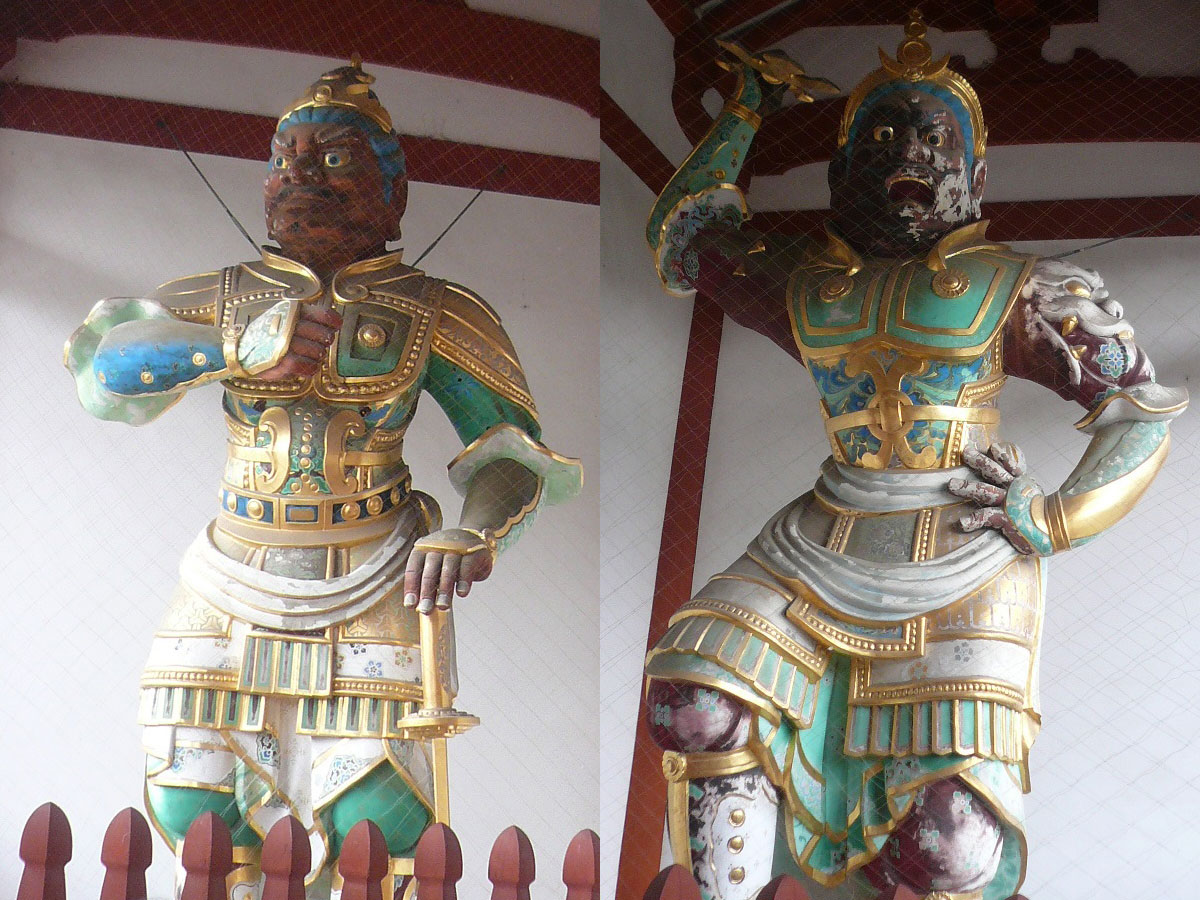
Nishinokyo is the western side of the former Heijō-kyō.
It seems that it was called Nishinokyo for a long time.
In the past, the Great Temple, Saidai-ji Temple,Kikō-ji Temple, Toshodai-ji Temple, Yakushi-ji Temple, and other temples were lined up and prospered.
Today, the Tang Invitation Temple and the Yakushi-ji Temple remain, but many of them are fields and residential areas.
An alley stretches south from the Namdaemun Gate of the Tang Dynasty Temple.
If you go through this alley where the old buildings remain, you will reach Yakushi-ji, another large temple representing Nishinokyo.
This alley is always full of tourists, but the streets also have a very nice appearance.
This area seems to have been designated as a special preservation area for historical climates, and this kind of appearance is probably left.
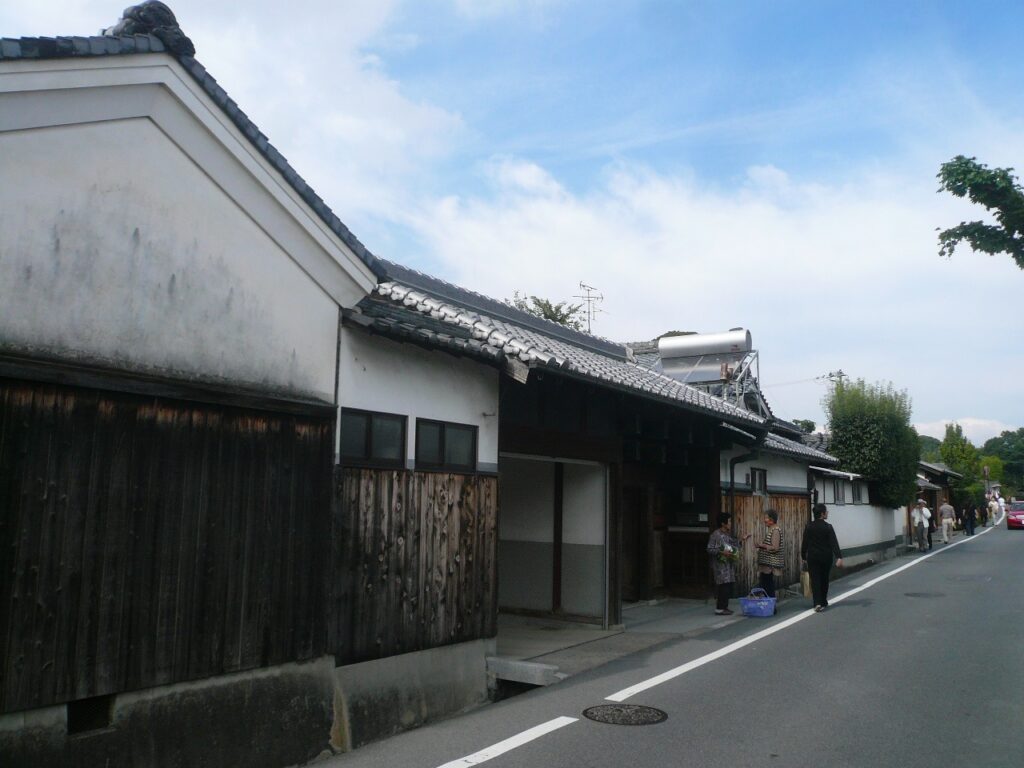
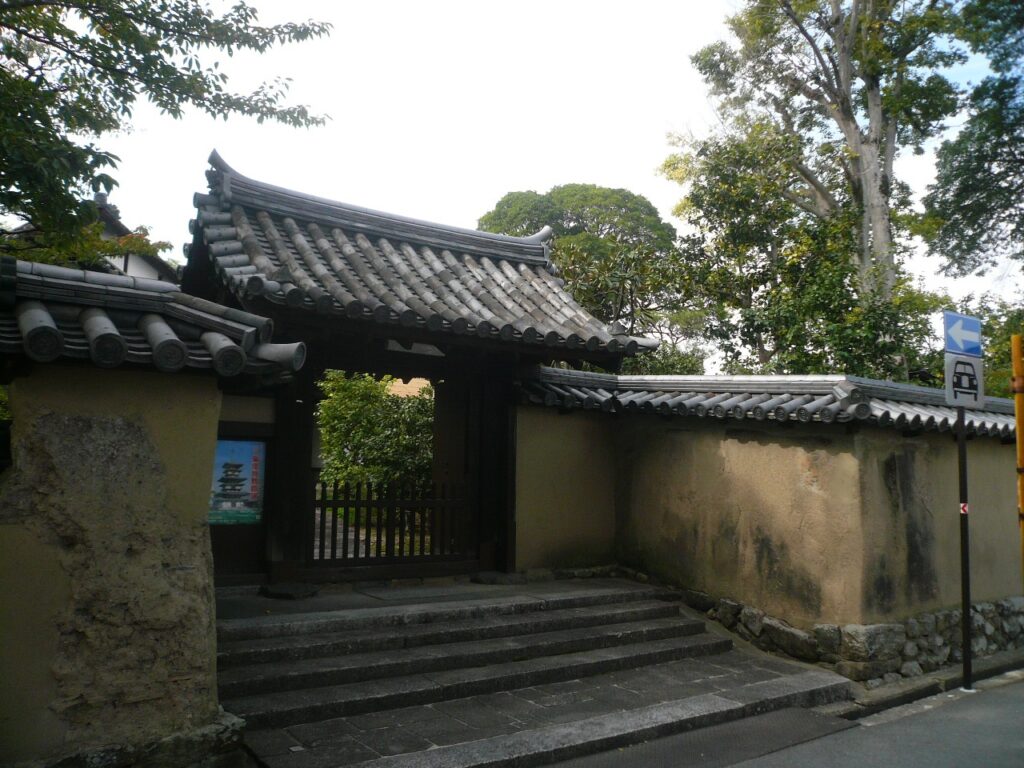
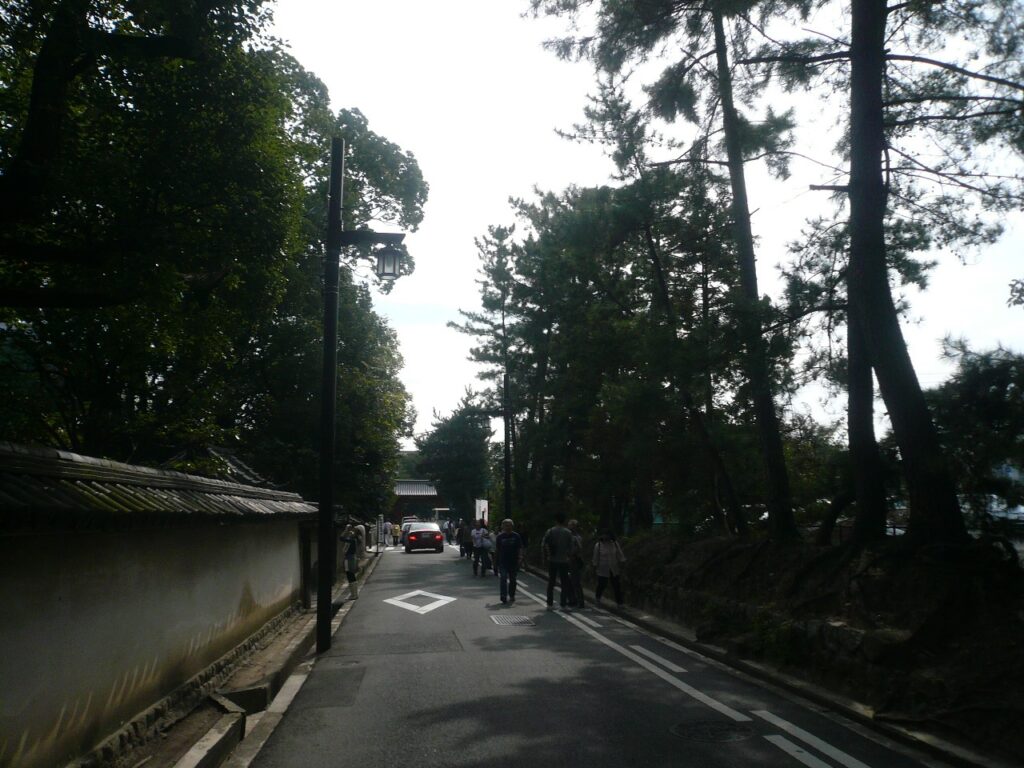
As I was heading for Yakushi-ji, I saw a splendid cathedral on the left hand side of it.
It is Xuanzang Sanzoin Cathedral.
Xuanzang Sanzang, also known as Sun Goku, is a Chinese high priest who existed in the 7th century.
He went to India and brought back Sanskrit scriptures to China, translated and systematized them, and is said to be the founder of the Hosei sect.
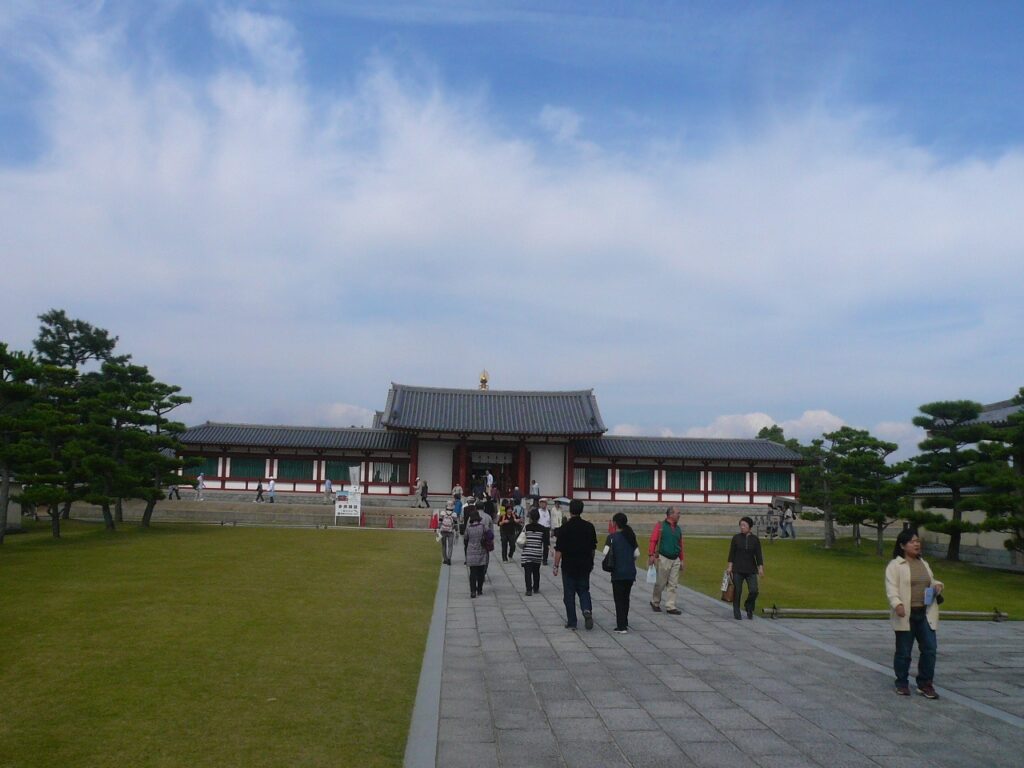
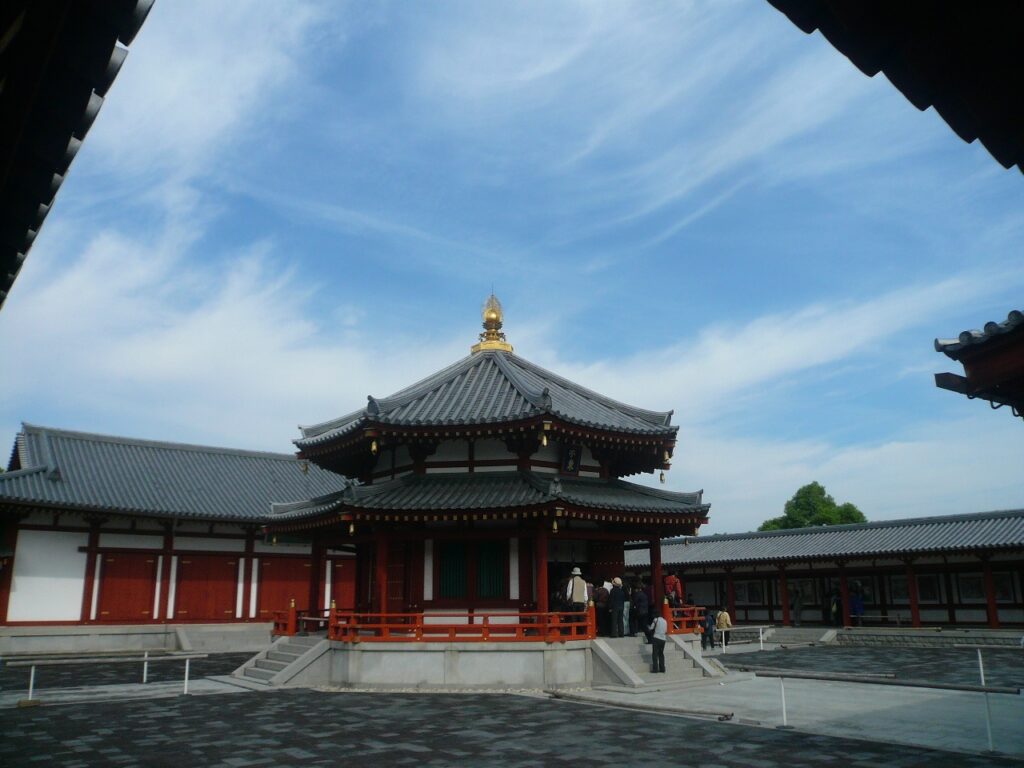
This Yakushi-ji Temple and Kofuku-ji Temple in Nara are the main mountain of the Hōsō sect, and it is said that this cathedral was created in 1991 (Heisei 3).
It is the center of the Xuanzang Sanzang-in Cathedral, the Xuanzang Pagoda.
It is a new cathedral, but it was a cathedral that felt the wonder and the weight of history.
On the south side of the Xuanzang Sanzoin Temple is the Bai Feng Temple, which is the main precinct of Yakushi-ji.
At the entrance, it is the Yoraku Gate.
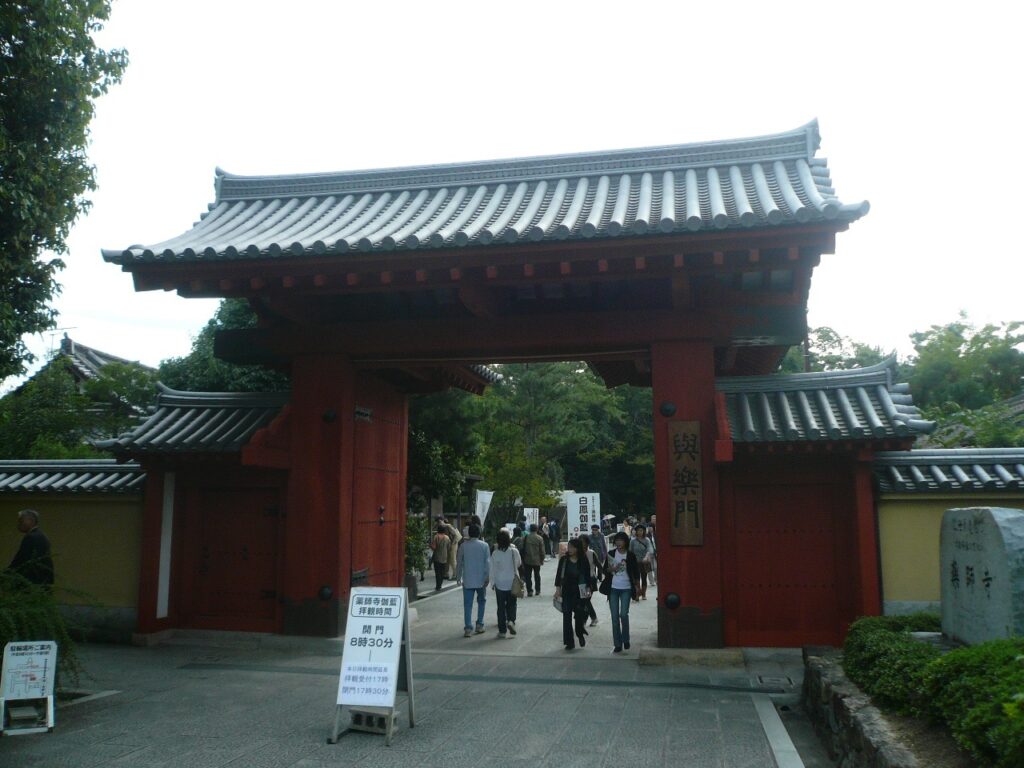
Of course, you can also enter from this gate, but first I decided to stop at the Yugaoka Hachimangu Shrine in the south of the precinct.
It is said that the Usa Hachimangu Shrine was solicited from the Usa Hachimangu Shrine during the Kanpei years (889~898) for the purpose of protecting Yakushi-ji.
Unlike Yakushi-ji Temple, which has many tourists, this place was quiet, but since ancient times, when visiting Yakushi-ji, it seems that it has been a custom to first purify oneself at this Yugaoka Hachimangu Shrine.
The shrine of the Yugaoka Hachimangu Shrine was built in 1603 (8th year of Keicho). There are also side halls on both sides of the main hall.
It seems that the shack located one step lower to the right of the front of the main hall was also built at the same time as the main hall.
In the Yugaoka Hachimangu Shrine, three statues of the gods are enshrined.
These statues from the Heian period have been designated as national treasures.
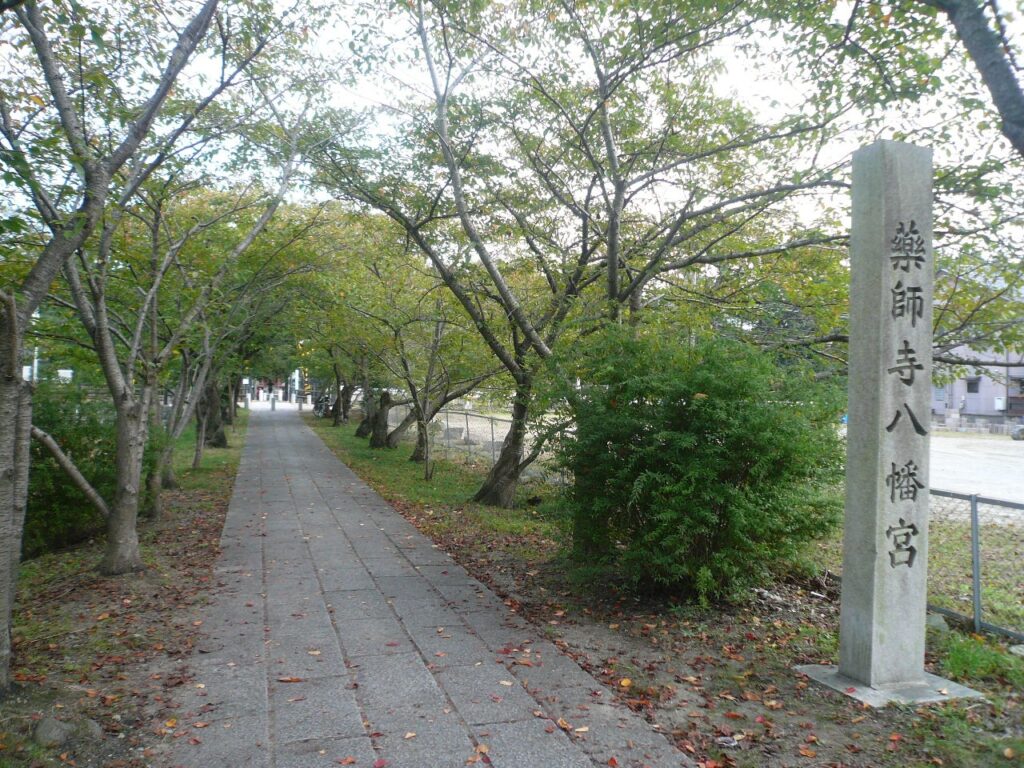
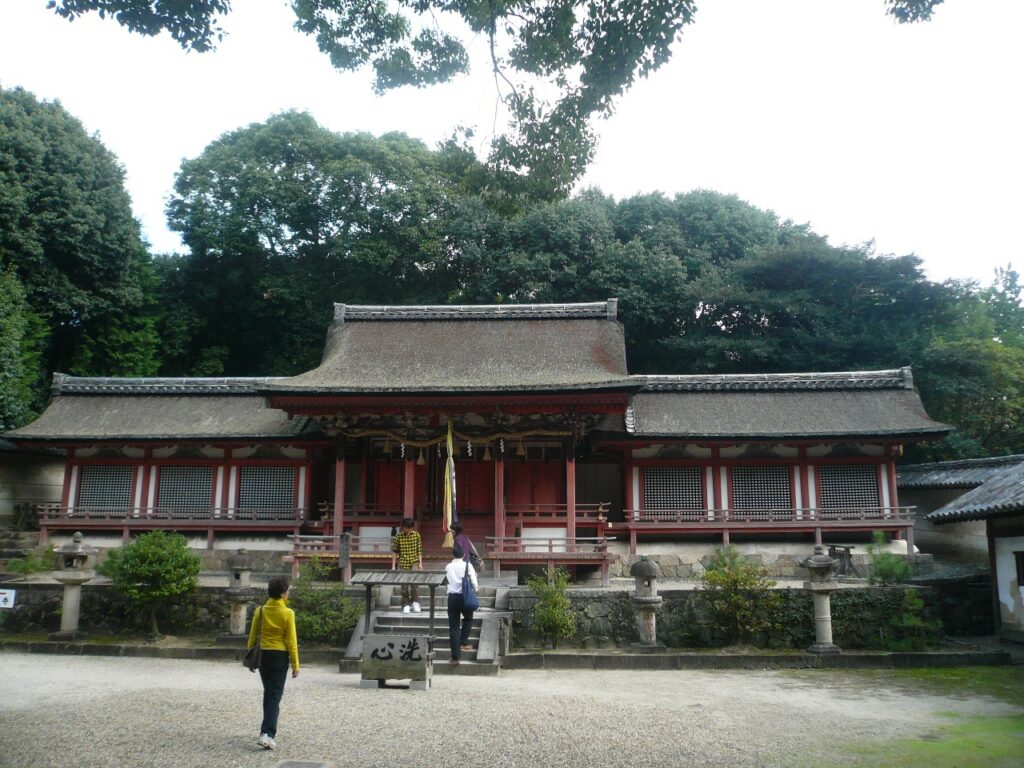
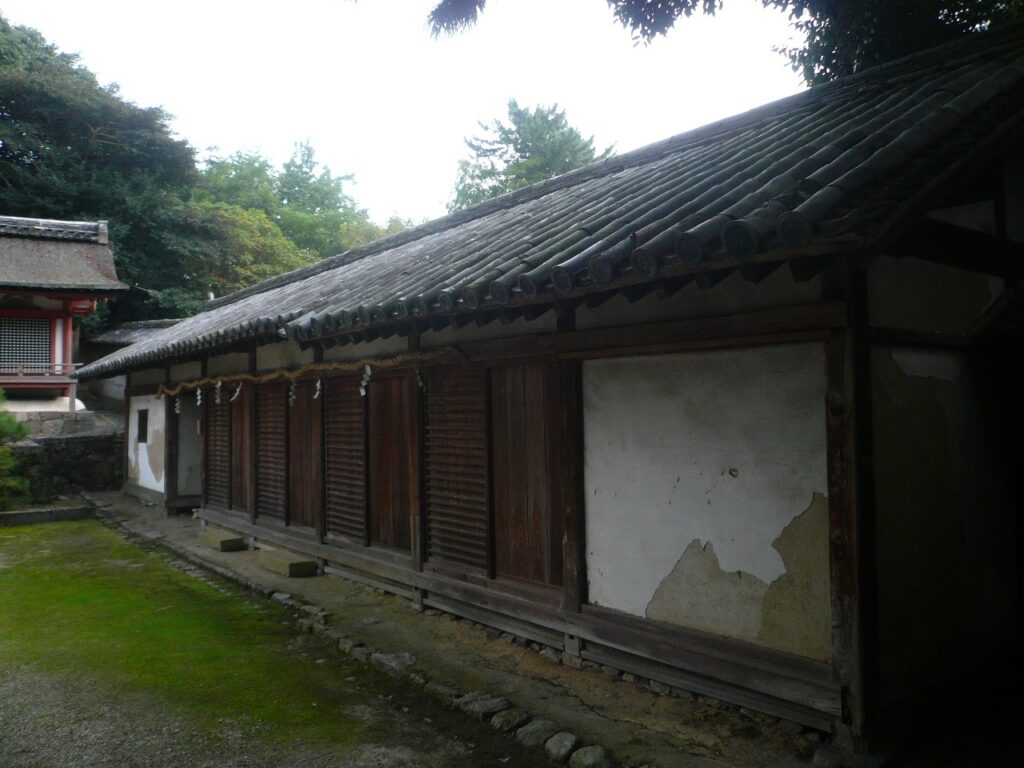
In this way, we finally step into the Bai Feng Temple of Yakushiji Temple.
Yakushi-ji Temple was built in 692 (6th year of Emperor Mochizune) at the request of Emperor Tenmu.
It was originally built in Fujiwara-kyō, but it seems that it moved to this place when Heijō-kyō was opened.
The east-west tower towers across the south gate.
The south gate was built in 1512 (Eisho 9) during the Muromachi period and is designated as an important cultural property.
When I entered the Bai Feng Temple from near the south gate, the East Tower and the West Tower towered beyond the corridor.
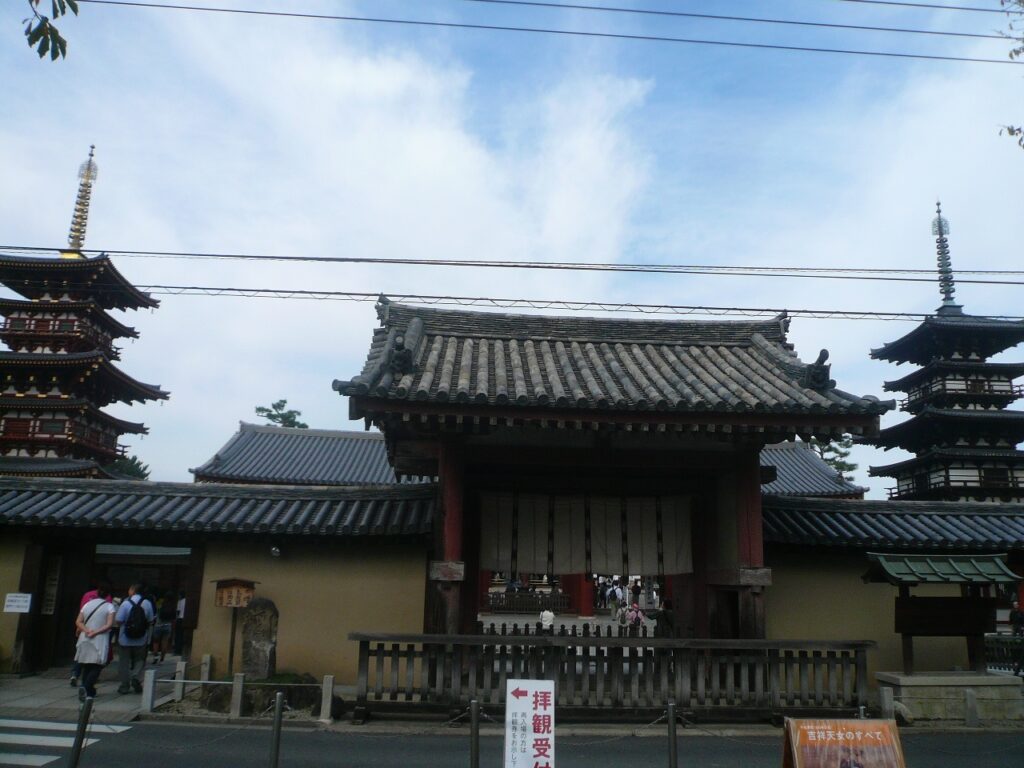
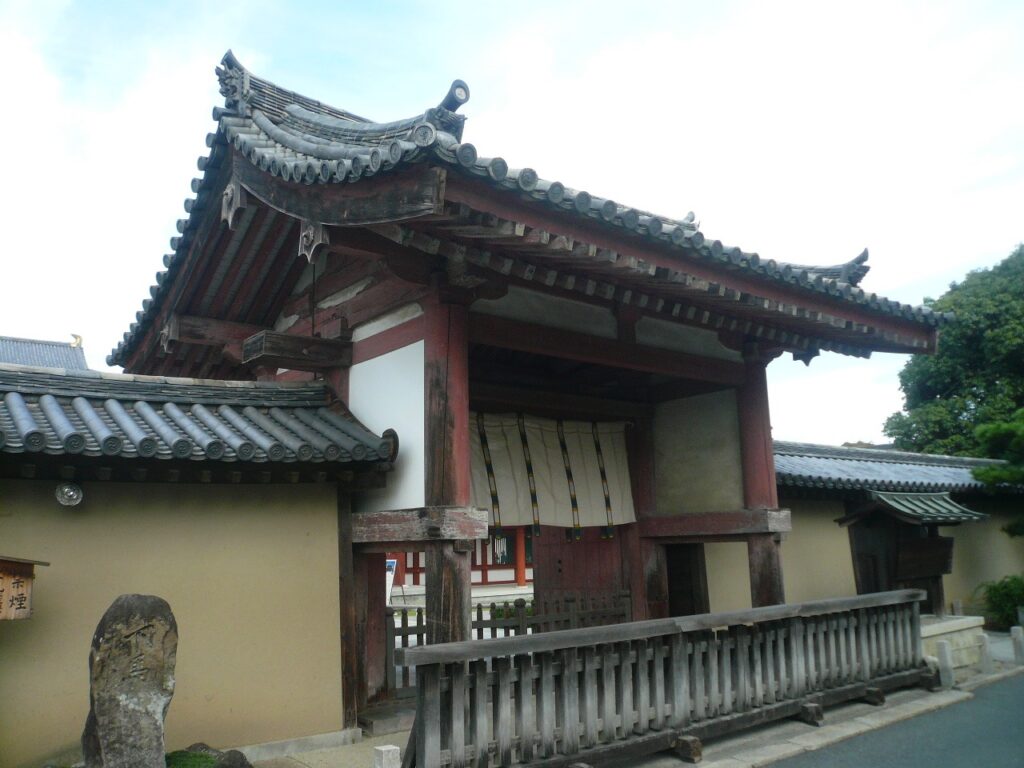
It is a view of Bai Feng that remains in modern times.
The cloister was restored in 1984.
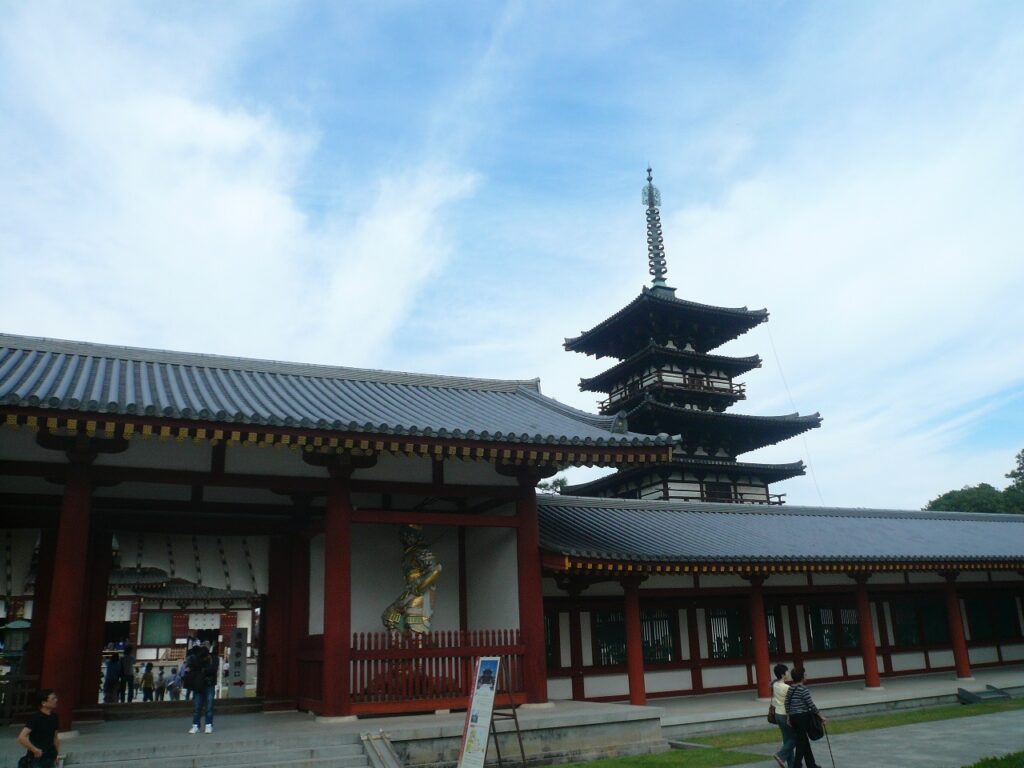
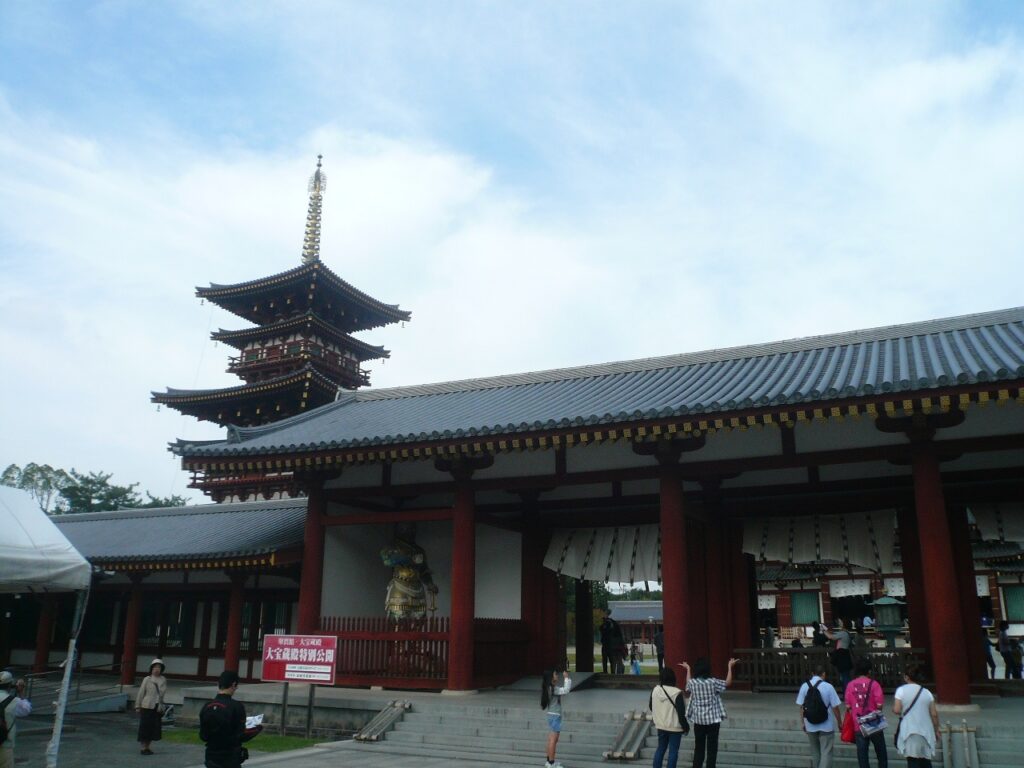
It is a statue of the two heavenly kings standing at the middle gate.
During the excavations, it was found that the person standing at this middle gate was not the naked statue of the Nio, but the armed statue of the Two Heavenly Kings.
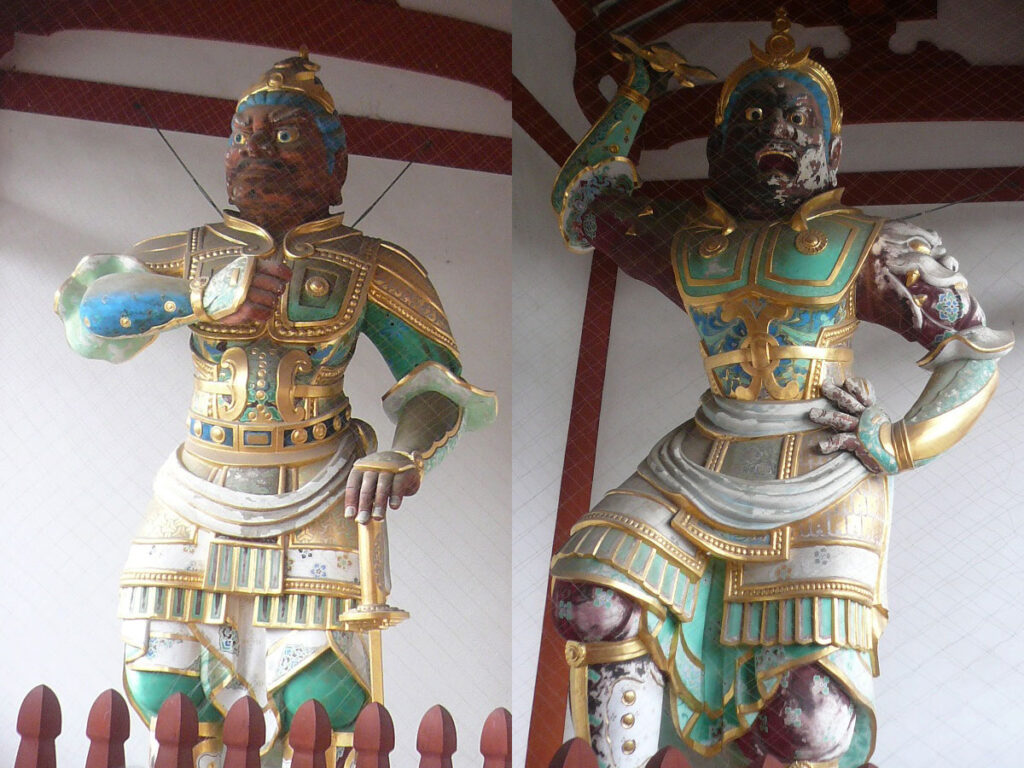
When I passed through the middle gate, I saw a majestic golden hall.
This golden hall was also burned down by a military fire in 1528 (the first year of the Heiyu), and the Toyotomi family built a temporary hall, but this hall in the Hakuho style was later rebuilt in 1976 (Showa 51).
In this golden hall is placed the three statues of the pharmacist.
They are the Yakushi-sama statue, the Nikko Bodhisattva and the Moonlight Bodhisattva.
The temple was burned down by fire, but these Buddha statues date from the Bai Feng period and are designated as national treasures.
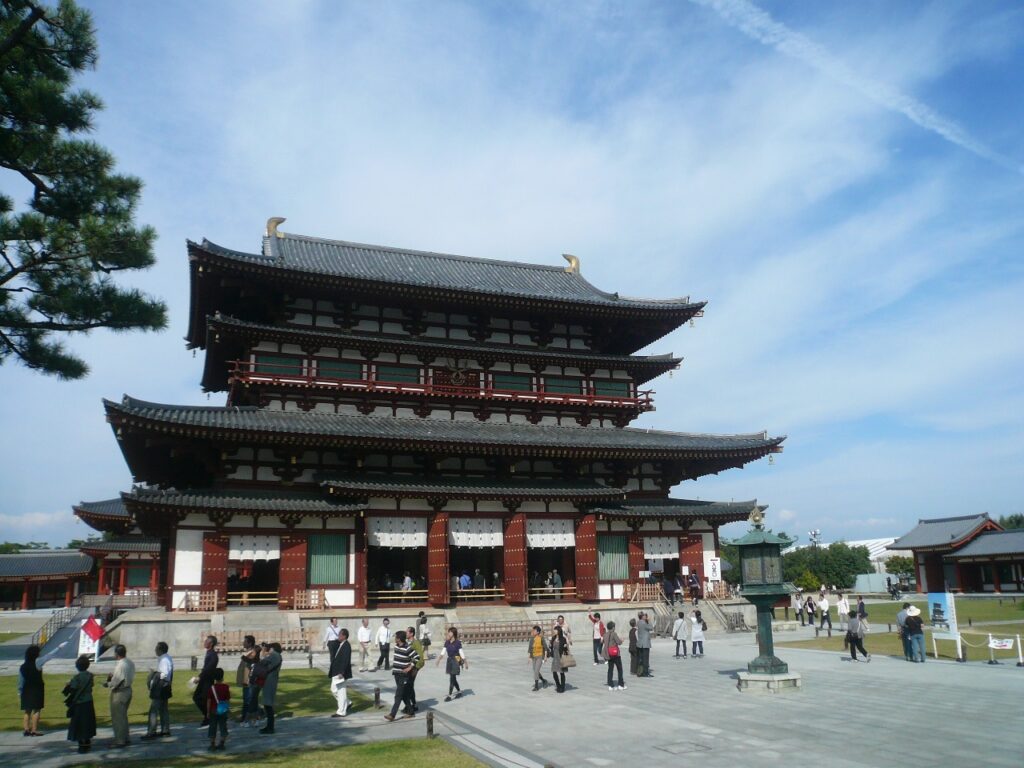
In front of the Golden Hall, on both sides towered the East Tower and the West Tower.
The East Tower is the only remaining building from the time it was moved to Heijōkyō.
There is a theory that a tower of Hakuho style was built in the Tenpei period, and there is a theory that it was moved from Asuka no Yakushi-ji.
It is said that the neat and tidy figure is also said to be “freezing music”.
Both towers look like six-storied pagodas, but the second, fourth, and sixth tiers are called the so-called so-floors, and it seems to be a three-storied pagoda, but although it is a three-storied pagoda, it is the fourth tallest in Japan after the five-storied pagodas of Toji Temple, Kofukuji Temple, and Daigo-ji Temple.
By the way, the west tower was restored in 1981.
It is a tower of the same form as the East Tower, but it is designed to be taller than the East Tower and to have a shallow roof angle in consideration of deforming under its own weight in the future.
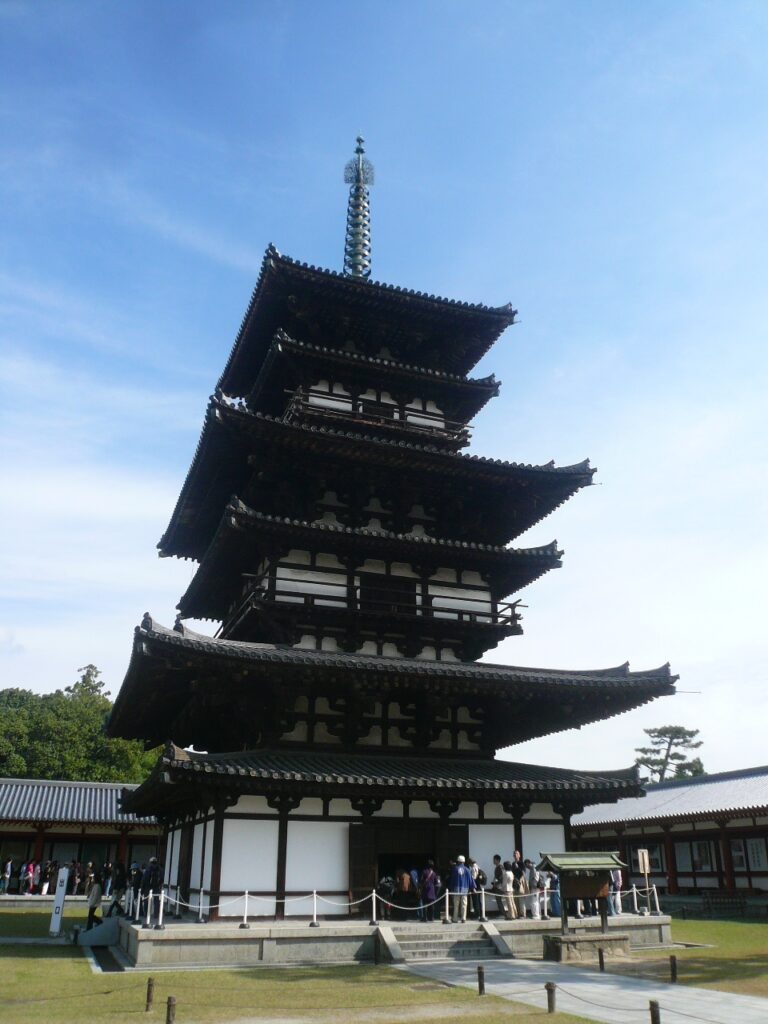
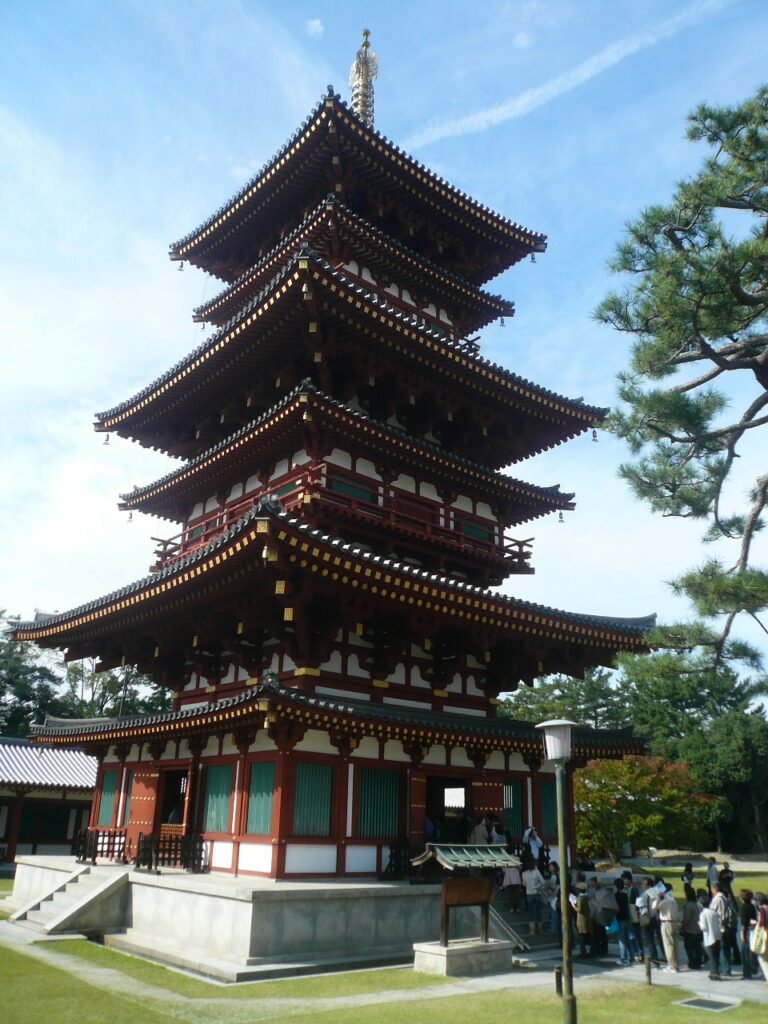
Yakushiji Temple has many buildings that convey the appearance of Bai Feng, but since its foundation, only the East Tower has been built, and it is surprising that many other buildings have been restored in the last 30 years or so.
